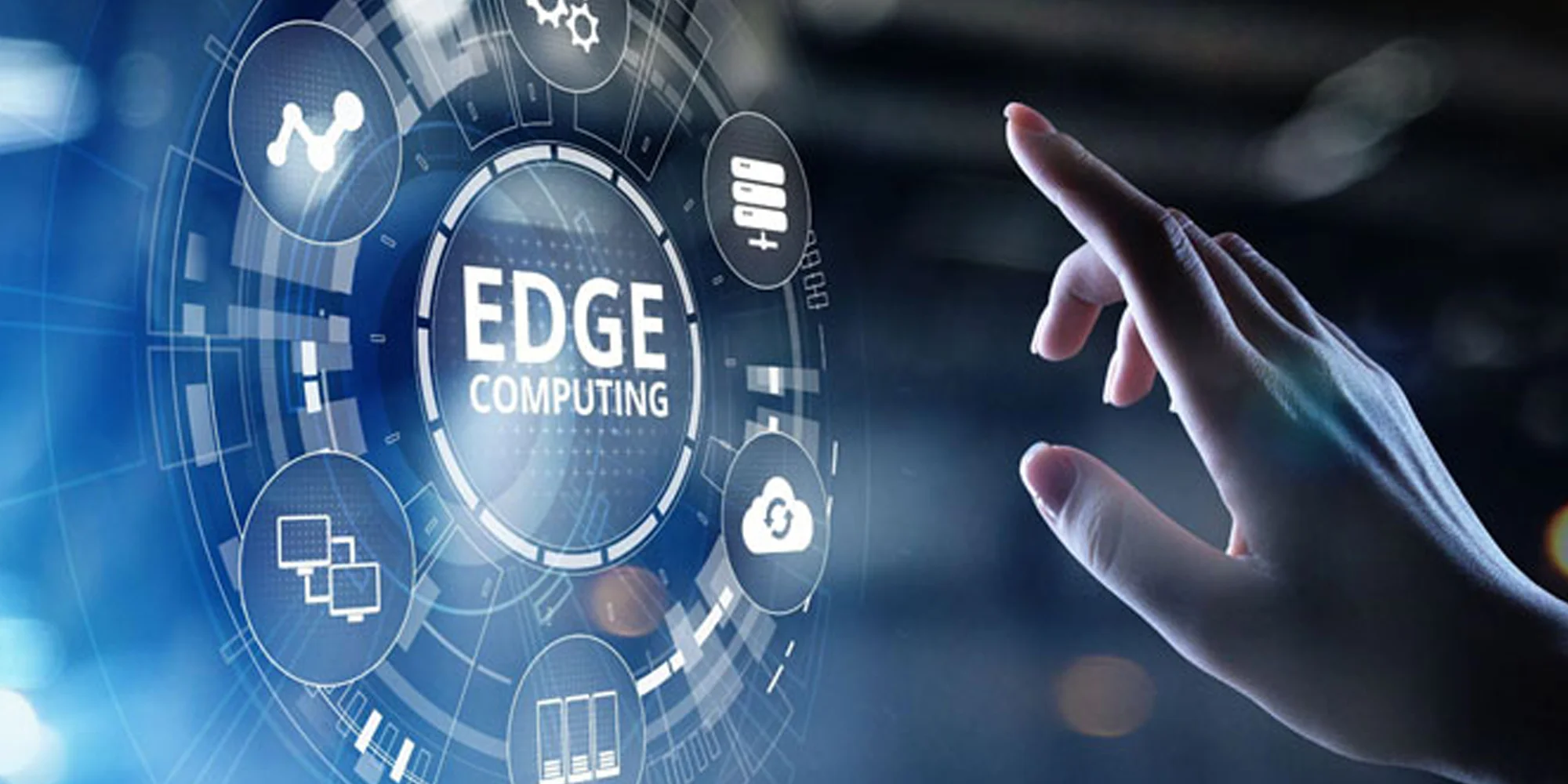
Published on
October 30, 2023
15 Min Read
In this article
Top 10 Edge Computing Trends Shaping the Digital Landscape in 2024
In this article
Introduction
Data is generated extremely fast in today’s digital world. This pace is pushing cloud computing to the edge and resulting in data processing inefficiencies. By bringing data computation and storage closer to the source, edge computing technology offers benefits like higher performance, speedy response, and scalability. With the emerging cloud computing trends, edge computing will continue to transform the digital landscape in 2024.
Here Are Top 10 Edge Computing Trends We Can Expect to See in 2024:
1. Emergence of Edge-as-a-Service
One of the critical edge computing trends that will be witnessed in 2024 is the evolution of edge computing into a service. Edge computing companies will leverage edge-as-a-service (EaaS) to scale their resources without investing in costly infrastructure. EaaS can facilitate edge-to-edge collaborations, provide edge autonomy and resource elasticity while managing a wide range of cross-node resources for users.
End users can use EaaS to deploy services, intelligence, and computation from edge computing platforms with a lot of flexibility. Some of the areas where EaaS will open new possibilities for businesses in 2024 include asset recovery, predictive analysis, edge device management, and tracking, as well as software and operation automation.

2. Rise of Cloud-Edge Integration
Edge computing improves real-time processes and reduces latency by pushing computation closer to data sources. Cloud computing offers businesses economies of scale and flexible resources by giving them access to computing services like storage, networking, analytics, and databases via the Internet.
In 2024, we’ll see growing integration between edge and cloud computing to facilitate efficiency in the processing and analysis of data. Cloud and edge computing integrations will be crucial in supporting a wide range of applications including the Internet of Things (IoT), autonomous vehicles, and smart cities.
3. Stronger Focus on Data Security
A report by IBM showed that in 2023, the average cost of managing a data breach stood at $4.45 million globally. With several companies planning to invest more in cybersecurity, the focus on data security for edge computing is increasing.
As such, we’ll see edge computing focus more on implementing better hardware security features such as trusted platform modules to give edge devices robust security foundations. Edge computing will also be used to enhance booting security to ensure that edge devices only execute trusted firmware. To improve data security, both at rest or in transit, we’ll see improvements in encryption algorithms.
4. Higher 5G Adoption
Edge computing can boost performance and offer users better digital experiences through 5G networks. 5G offers users high bandwidth, low latency, and higher data transfer speeds. Globally, 5G mobile uptake is set to hit 1.5 billion subscribers by the close of 2023.
In 2024, we’ll see higher adoption of the 5G network. This adoption will lead to the emergence of new use cases for edge computing technologies that were initially restricted by connectivity limitations. Combined with edge computing, 5G networks will change the way businesses operate, enabling them to deliver new data experiences from different data centers.
5. Rise in Deployment of Edge Containers
Edge containers refer to decentralized computing resources that save bandwidth, reduce latency, and improve digital experiences for users. By decentralizing computing, edge containers help companies to decentralize services by shifting critical components to the edge of a network to reduce network costs and improve response time. They also help in redistributing traffic to other containers using a single IP. As companies seek to meet customer demands, we’ll see increased deployment of edge containers in 2024.

6. Application of Edge Data Analytics
In 2024, we’ll see increased adoption and application of edge data analytics. Edge data analytics leverage intelligent clustering and real-time stream processing to generate comprehensive reports on edge items. These analytics help companies to overcome bandwidth, lengthy data transmissions, and latency. Edge analytics also offer companies contextual insights to support decision making and identify anomalies, patterns, and optimization opportunities to boost operational efficiency.
7. The Edge-AI Integration
2024 may be the year when Edge AI becomes a reality. As edge computing decentralizes data processing, AI could make it easier for companies, governments, and organizations to handle huge amounts of edge data through AI models and machine learning algorithms. This will lead to real-time data analysis and processing and reduce bandwidth requirements and latency.
8. More IoT Edge Computing Solutions
2024 will be the year when more intelligent, high-performing, IoT edge computing solutions launch. IoT facilitates data exchange and efficient interconnection between multiple devices, allowing for efficient collection of data at edge. IoT also enables edge computing devices to interact and respond to actual conditions and events for better decision-making. 2024 will see increased deployment of edge-based platforms in IoT platforms.
9. Blockchain-Edge Solutions
More digital solutions leveraging blockchain technology and edge computing will emerge in 2024. Blockchain maintains data integrity while offering security and immutability within distributed edge environments. This alleviates fears of data counterfeiting and unauthorized access. Decentralized economies, asset tokenization, and digitization are some of the new opportunities blockchain will facilitate in edge environments.
10. Growth in Edge Computing Data Centers
Data centers continue to pioneer the development of novel architectures that adapt to edge computing demands. Agile, scalable, and robust solutions that integrate seamlessly with the growing data landscape are continually being developed.
For this reason, edge computing will continue to transform data centers in 2024. Data centers leverage edge computing to build tech infrastructure that can handle the influx in data traffic to facilitate quick, efficient, and seamless data processing close to data generation points.
Final Thoughts
Edge computing has been shaping the digital landscape in the past. This will continue in 2024 as the edge computing trends above take center stage. By decentralizing data processing, this technology will continue to provide foundational capabilities that will underlie business strategies that rely on AI, cloud computing, blockchain, and data in the coming year.
Tech Insights Digest
Sign up to receive our newsletter featuring the latest tech trends, in-depth articles, and exclusive insights. Stay ahead of the curve!



